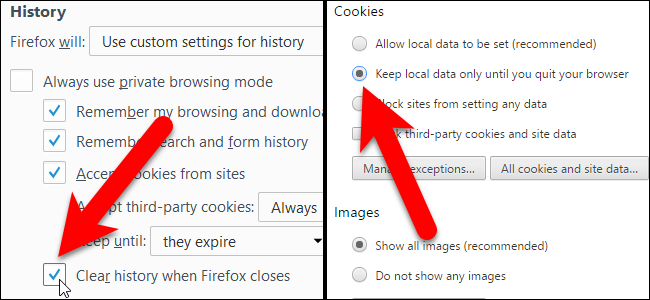


Name: “Chrome ADMX Ingestion” OMA-URI: “./Device/Vendor/MSFT/Policy/ConfigOperations/ADMXInstall/Chrome/Policy/ChromeAdmx” Datatype: “String” Value: “Contents of Step 6” then click Save. Name and Description “Block Password Saving Google Chrome” and click Next.Platform “Windows 10 and Later”, Profile Type “Templates”, Template name “Custom”. Configure the following and click Create.Ctrl+A to select everything and Right-Click and Copy.Chose Notepad and unselect Always Use and click Ok.Right Click on Chrome.admx and click Open with.Open the extracted folder and Go to Configuration\admx and look for Chrome.admx.Download the Custom Chrome Polices from:.Continue below for Chrome and Firefox Polices.The policy will now deploy out to devices when they next check-in.Confirm the configuration and click Next.Select All Users and All Devices (You may use custom groups as well).In the search box type “Disable synchronization of data using Microsoft sync services” then select the one that does not include “users can override” the click Next.In the search box type “Enable saving passwords to the password manager” then select the one that does not include “users can override” the click Next.Name the Profile “Block Password Saving Microsoft Edge” and click Next.Platform “Windows 10 and Later”, Profile Type “Templates”, Template name “Administrative Templates”. You will need to create a Profile for each browser you want to block. Continue below for the browsers required.This article explains how to prevent browser from remembering credentials via Microsoft Endpoint Manager (Intune).


 0 kommentar(er)
0 kommentar(er)
